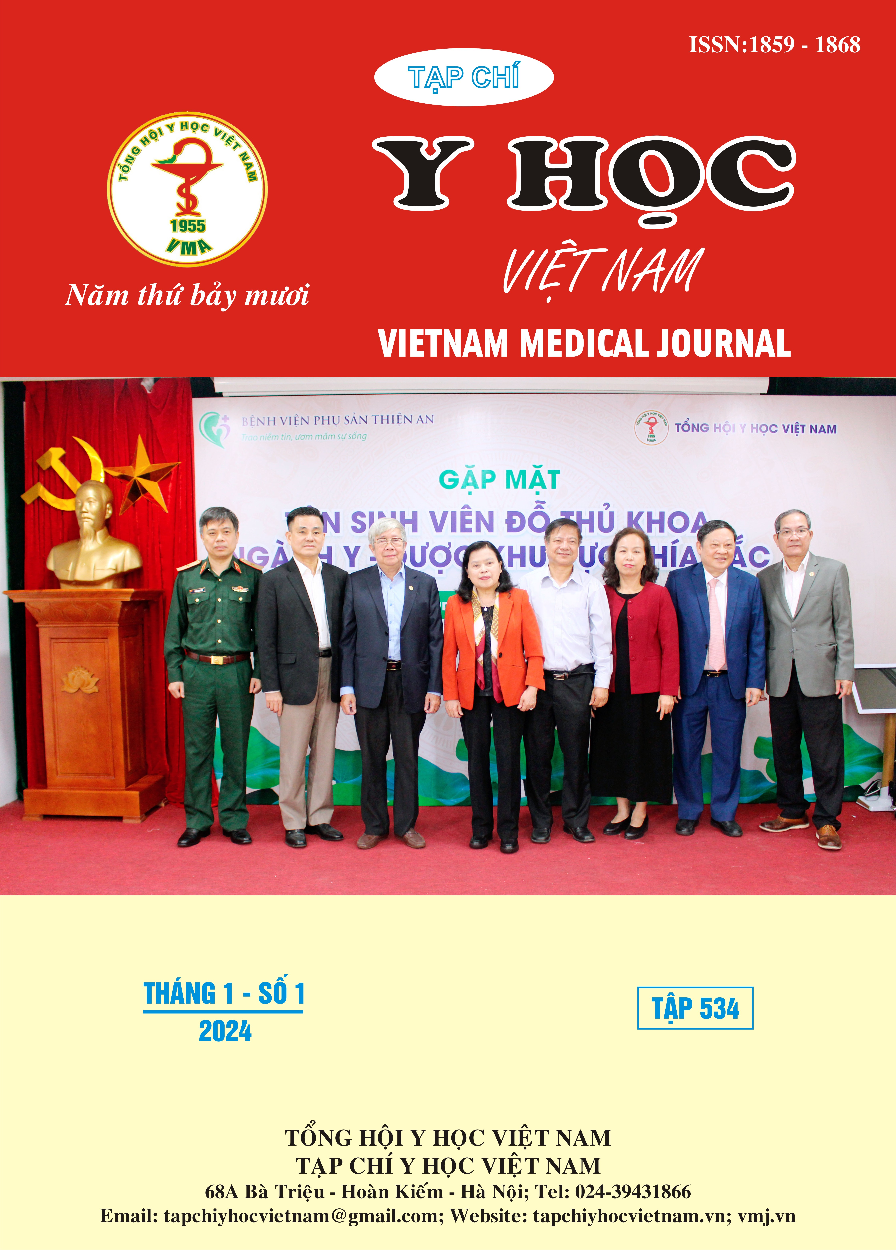EXPERIMENTAL STUDY ON THE ACUTE AND SUBCHRONIC TOXICITY OF STONEBYE TABLETS
Main Article Content
Abstract
Objective: This study was carried out evaluate the acute and subchronic toxicity of STONEBYE tablets on experimental animals. Methods: The study acute toxicity was conducted on white mice as per WHO guidelines. Assessment study of the subchronic toxicity was performed on white rats administered STONEBYE tablets at the doses of 0.48 tables/kg b.w./day and 1.44 tables/kg b.w./day orally in 90 consecutive days. Results: STONEBYE tablets at the dose of 45 tablets/kg b.w. (46.87 times of predicted human dose) did not cause the acute toxicity and the LD50 on white mice had not been determined. The STONEBYE tablets at the doses of 0.48 tables/kg b.w./day and 1.44 tables/kg b.w./day administered orally in 90 consecutive days did not affect the white rats’ general state, weight, hematologic levels, kidney and liver functions and histopathological images. Conclusion: STONEBYE tablets’ acute and subchronic toxicity had not been determined on experimental animals.
Article Details
References
2. Gerhard Vogel H (2016). Drug discovery and evaluation Pharmacological assays. Springer.
3. Khoa Y học cổ truyền – Trường Đại học Y Hà Nội (2017). Bệnh học nội khoa. Nhà xuất bản Y học;143-145.
4. Nguyễn Thị Ngọc (2016). Nghiên cứu tình hình mắc sỏi hệ tiết niệu ở người trưởng thành tại quận Thủ Đức, Thành phố Hồ Chí Minh năm 2016, Luận án chuyên khoa cấp II, Trường Đại học Y dược Huế.
5. OECD (2008). Guidelines for the testing of chemicals repeated dose oral toxicity study in rodents, Environmental Health and Safety Monograph Series on Testing and Assesment No 407.
6. Shara M, Stohs SJ (2015). Efficacy and Safety of White Willow Bark (Salix alba) Extracts. The Phytother Res. 2015;29(8):1112-6.
7. World Health Organization (2013). Working group on the safety and efficacy of herbal medicine. Report of regional office for the western pacific of the World Health Organization.


